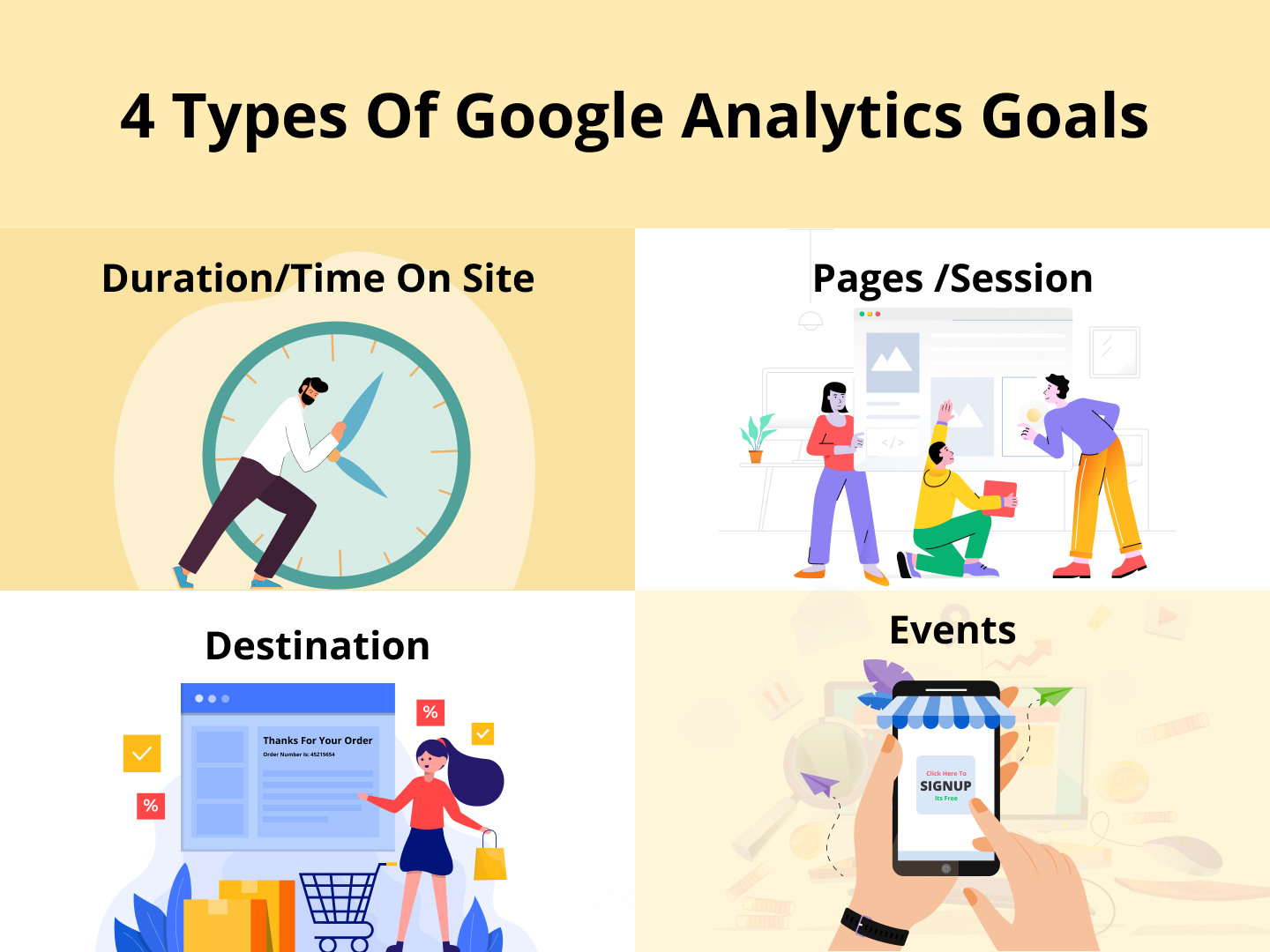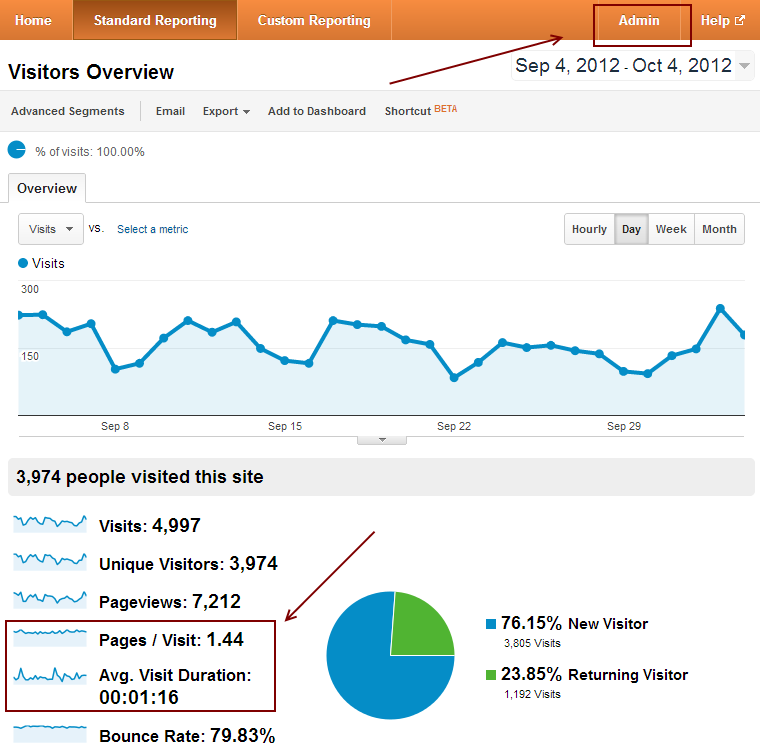What Data Is Google Analytics Goals Unable to Track: Essential Details
What Data Is Google Analytics Goals Unable to Track: Essential Details
Blog Article
Debunking Google Analytics Limitations: Discover What Information Goals Can not Track
In the realm of electronic analytics, Google Analytics stands as a powerful tool that provides valuable understandings into internet site performance and user behavior. From the intricacies of individual interaction with dynamic web content to the complexities of cross-device customer trips, these restrictions dropped light on areas that may remain covered from standard analytics perspectives.

Customer Communication With Dynamic Material
User interaction with vibrant content plays a vital function in recognizing customer actions on web sites and enhancing the overall individual experience. Dynamic content describes elements on a page that can change without the demand for a full web page reload. This includes interactive components such as pop-ups, sliders, types, and videos that react to individual activities in real-time. By tracking user communications with dynamic content, internet site proprietors can gain useful insights right into customer involvement, choices, and habits.
Google Analytics supplies various devices to track customer interactions with dynamic content, such as event tracking and virtual pageviews. Occasion monitoring enables you to keep track of details customer actions, like clicking a button or seeing a video clip, providing data on exactly how individuals engage with dynamic aspects.
Cross-Device Customer Journeys
Exactly how can modern-day analytics tools track the complex courses customers take across several devices in their on the internet trips? Cross-device user trips offer a substantial difficulty for monitoring and assessing user habits properly. As customers communicate with apps or web sites utilizing different gadgets such as tablets, desktops, and mobile phones, it ends up being important to comprehend exactly how they move between these systems to optimize individual experience efficiently.
Google Analytics deals with restrictions in tracking cross-device user trips because of personal privacy problems and technical restrictions - what data is google analytics goals unable to track. While it can give insights into individual devices' communications, tracking a seamless customer trip throughout several tools continues to be a difficulty. This restriction can cause incomplete information and fragmented customer understandings, making it difficult for businesses to produce a unified view of the customer journey
To resolve this issue, businesses can utilize sophisticated analytics tools that use cross-device monitoring capacities, allowing them to get a more holistic understanding of user behavior. By leveraging these tools, services can bridge the space in tracking cross-device customer trips and optimize their digital strategies for a seamless individual experience.
Offline Conversions and Attribution
As companies browse the obstacles of tracking cross-device customer journeys, one more critical element to think about is the world of offline conversions and acknowledgment in the realm of information analytics. While Google Analytics gives beneficial insights into online customer habits, it fails when it pertains to tracking conversions that happen offline. This restriction poses a substantial difficulty for businesses that have both online and offline sales channels.
Offline conversions, such as acquisitions made in physical shops or with call facilities, are vital to recognizing the total consumer journey. Without the capacity to associate these offline conversions to particular on-line interactions, businesses might struggle to accurately determine the influence of their digital advertising and marketing initiatives.
To address this space, organizations can check out different solutions such as incorporating CRM systems with online analytics devices or utilizing distinct coupon codes that can be mapped back to on the internet campaigns. By linking the void between online and offline data, services can acquire a more detailed understanding of their customers' actions and improve their overall marketing approaches.
Individual Customer Identification
In the world of information analytics, the capacity to precisely recognize individual users throughout various online touchpoints is an essential obstacle for businesses seeking to individualize and optimize their advertising approaches. While Google Analytics gives important insights right into individual actions and communications, it drops brief in making it possible for the identification of particular individuals as a result of personal privacy problems and technical restrictions. Google Analytics uses one-of-a-kind identifiers such as cookies to track user sessions and actions, but these do not relate to recognizing private customers in an individual sense.

Information From Secure Pages
In spite of the increasing frequency of secure pages on sites, obtaining data from these encrypted sources offers an unique obstacle for digital analytics systems like Google Analytics. Safeguard pages, suggested by HTTPS in the link, secure data traded in between weblink the individual's web browser and the web site's server to make sure personal privacy and safety and security. While this security is essential for protecting delicate information, it also postures restrictions for tracking individual habits and event analytics information.
Google Analytics deals with barriers in accumulating comprehensive information from secure pages because of the security procedures in location. Therefore, particular data points such as reference sources, keyword searches, and even some individual interactions may not be totally recorded when customers access a website via a safe connection. This restriction can affect the accuracy and efficiency of the data evaluation, causing spaces in understanding user actions and preferences on safe and secure pages.
To navigate this obstacle, electronic experts might require to explore alternate monitoring methods or utilize various other devices especially created to collect insights from safe web pages. By adapting techniques to fit these limitations, services can still obtain important analytics in spite of the constraints provided by encrypted connections.
Conclusion
To conclude, Google Analytics has limitations in tracking individual communication with dynamic content, cross-device individual trips, offline conversions, individual user identification, and data from secure pages. These constraints impede a thorough understanding of customer habits and might lead to voids in information evaluation. Despite its beneficial insights, Google Analytics may not give a total photo Extra resources of customer interaction throughout various touchpoints. It is crucial for companies to be knowledgeable about these restrictions and think about supplemental devices for a much more holistic sight of their data.
Individual interaction with vibrant web content plays an essential role in comprehending user habits on websites and enhancing the total individual experience. By tracking customer interactions with dynamic web content, web site owners can get important insights right into user interaction, choices, and behaviors.
Google Analytics utilizes special identifiers such my company as cookies to track customer sessions and actions, yet these do not correspond to determining private customers in an individual feeling.
As a result, specific data factors such as reference resources, keyword searches, and also some individual communications might not be completely recorded when individuals access an internet site via a safe connection.In final thought, Google Analytics has restrictions in tracking customer communication with dynamic content, cross-device customer journeys, offline conversions, individual user recognition, and data from protected pages.
Report this page